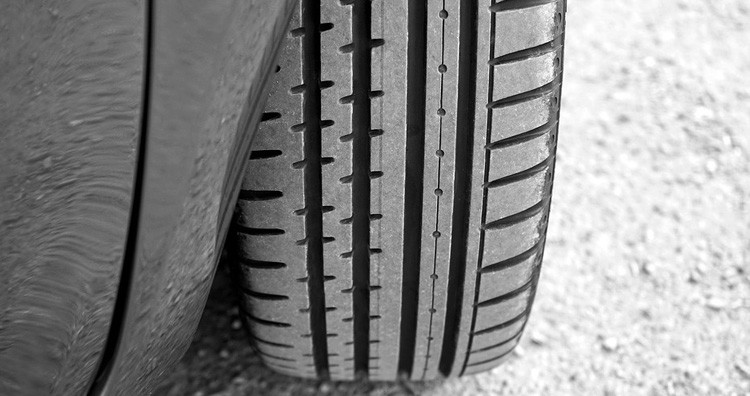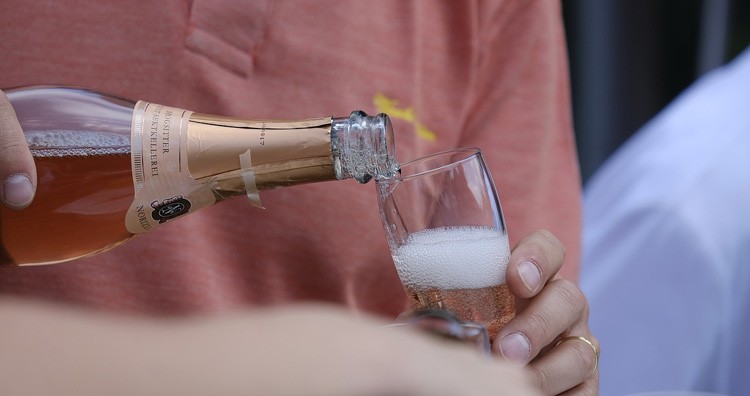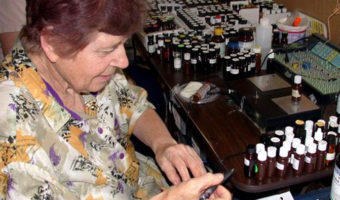10 Interesting Facts You Are too Lazy to Google – Part 3

We all see many things around us on a day-to-day basis that makes us question their veracity. We even decide to find out answers from Google because who else other than that marvelous search engine could give us better answers? But, if we weren’t so lazy, we would have found out a lot of very interesting things. Well, if you too are putting off finding answers for the daily situations happening around you, here are some interesting facts that you have been too lazy to Google!
1 Why do things appear darker in color when they get wet?
You might have often noticed dark patches on your clothes when it gets wet due to perspiration. And that often makes us wonder why it is dark in color when it’s wet. Well, it’s all in the perception of light in our eyes. The things we see is all due to the light coming from them. Different wet objects undergo light refraction in different manners than when they are dry.
The wet objects that we see aren’t really darker than their drier counterparts. It is our eyes that perceive them darker. When light from a source strikes an object, some of it is absorbed, while the rest is reflected. The wavelength from the reflected light from the object hits our eyes, and this is what determines the colors of the objects that our eyes perceive. (1, 2)
We hope you found some answers to some of your questions here and knowing the answers made your life easier. And, you won’t have to search for them through pages and pages on Google now!
2 Why do small temperature changes make our bodies sensitive?

This would have happened to you at least once when the temperature of your surroundings changes and your body gets affected and reacts to the change. But, have you ever thought why even a degree of temperature affects your body so much? Researchers have discovered that there are four types of ion channels in your body.
They are minute pores made of proteins that are situated on the cell surfaces. These channels regularly open and close which regulate the charged particles’ flow. This, in turn, creates a difference in voltage and makes you feel warm. But, it was a mystery of just how could just four sensors give us the warmth and recognize a change in body temperature.
The General Physiology Journal has a recent publication in which the UC Davis scientists have a theory. They say that the four ion channels can reassemble themselves and form temporary channels. These additional channels forming in our body is the reason we are so sensitive towards a small change in the temperature. The cells in the ion channels help us to sense pain as well. (source)
3 Why are tires hollow and filled with air and not entirely made of rubber?

If you are driving a vehicle, you would know that the tires of your vehicle need to be filled from time to time if something happens that reduces the air pressure. But, have you wondered why these tires hollow and not made entirely of rubber? Wouldn’t the air pressure increase make the tires burst like balloons? Well, a tire completely made of rubber has many disadvantages.
When it comes to the design of the tires, the most important consideration is that the air should be compressed and easily adjust its volume. Anything made of a solid material won’t be able to do so.
Imagine you are driving on the road at a speed of 60 mph and you strike a small obstacle, be it a stone, or even a tiny bump. The air-filled tires immediately absorb the shock and let you have a smooth ride. But, in the case of solid tires that don’t have air, it would pass the shock to the vehicle and make it uncomfortable to drive.
Also, the air-filled tires offer you low, rolling resistance, meaning, that it reduces energy-loss as the tires roll. This, in turn, reduces the rolling effort which is needed. This is totally not the case in solid-rubber tires, and so, hollow tires are preferred. (source)
4 Why does standing for a long time hurt your legs more than walking for the same amount of time?

You might have stood in those long queues at the shopping malls, and found your legs started to hurt. This might have caused the same amount of pain as if you had walked. The reason why your legs hurt more when you stand and not when you walk is quite simple. When you stand at one place for a long time, your legs aren’t at rest.
The calf muscles not only support the entire weight of your body but also work to keep you upright. They make tiny adjustments that you probably don’t realize consciously. On the other hand, when you walk for the same amount of time as that of standing, the bodyweight is distributed among several groups muscles.
Also, when you stand still, each of your leg and foot supports half of your body weight without resting. But when you walk and raise your foot, each time, the muscles that help you in balancing gets a little rest just like your foot. (source)
5 Why does a continuous line of bubbles form coming up from the bottom of a champagne glass?

You might have noticed that when you pour champagne into a glass, tiny sparkly bubbles start to form at the bottom of the glass and move upwards. But do you know what makes the bubble travel upwards and just in one direction? Well, they don’t form unless there’s a starting point. Even a slightly rough surface gives an opportunity for the bubbles to form.
If your glass has even slightest amount of fiber or dust, bubbles will start to form from that particular point. Usually, bubbles start to form at the bottom of your glass. Most of the champagne glasses have a slightly rough surface at the bottom to allow the bubbles to form at the bottom. If the glass is clean, the bubbles start to get larger and faster as they rise from the bottom to the top.
When the bubbles pop up, tiny droplets are spit upwards and the aroma molecules travel to the top. The pressure inside the champagne which has been built up during its fermentation process is immediately released when you pour the champagne in the glass.
This pressure arises from micro-farts. The yeast used to make the drink feeds on the sugar content and uses its energy. This leads to ejection of carbon dioxide that forms the bubbles in the champagne. Now you know why the bubbles form a continuous line coming up from the bottom of the glass. (1, 2, 3)
























